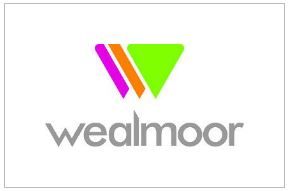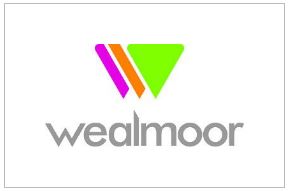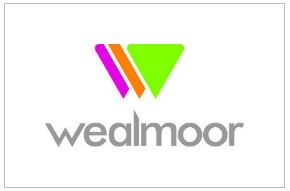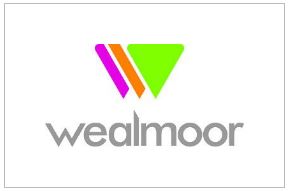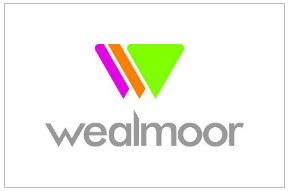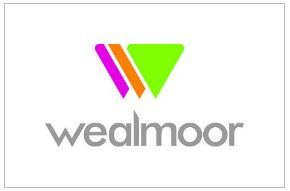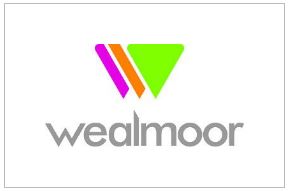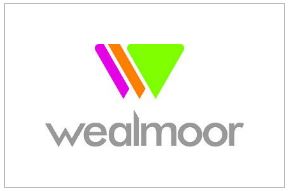Title Page
-
Conducted on
-
Prepared by
-
Location
BRC SECTION 8HIGHRISK, HIGHCARE AND AMBIENT HIGHCARE PRODUCTION RISK ZONES
8.1 Layout, product flow and segregation in highrisk, highcare and ambient highcare zones
-
Are the following areas shown on the site map?
-
Highrisk areas
-
Highcare areas
-
Ambient highcare areas
-
Lowrisk areas
-
Enclosed product areas
-
Nonproduct areas
-
Are highcare areas part of the manufacturing site?
-
Is there a full physical segregation between these areas and other parts of the site?
-
(e.g. a wall, newly built factories have to employ fullwall segregation!)
-
Did the segregation take into account the flow of product, the nature of materials (including packaging), the equipment, the personnel, the disposal of waste, the flow of air, the air quality, and the provision of utilities (including drains)?
-
If there is no fully walledoff area, which procedures are in place to prevent crosscontamination?
-
Is there a documented risk assessment assessing the suitability of the barrier?
-
Which processes are in place to prevent crosscontamination and how were these processes validated?
-
Is the segregating barrier capable of preventing crosscontamination from:
-
Unauthorised access and movement between highcare and other areas
-
Transfer of materials, utensils or equipment except through designated ports with sanitising controls in place
-
microbiological contamination which may be present in lowrisk areas
-
Airborne contaminants such as dust particles or water droplets?
-
If the solution is time segregation, how often is the changeover and are there fully validated procedures to change the area from lowrisk to highcare?
-
If the same personnel is for the area during lowrisk and high care operations, is there a full change of PPE?
-
8.2 Building fabric in highrisk and highcare zones
-
Is there a map of the drains for highcare facilities, which shows the direction of flow?
-
Does the map show the location of any equipment fitted to prevent the backup of waste water?
-
Is the drain flowing from high care area to low care area?
-
Is there nonreturn or antisyphon valves, and oneway traps or a sufficient drop to ensure flow feature?
8.3 Maintenance in highrisk and highcare zones
-
How does maintenance activities undertaken in highcare areas respect segregation requirements of the area
-
Are tools and equipment frequently used or dedicated for use in that high care area retained in the high care area?
-
Is there cleaning of equipment before entry and postmaintenance cleaning of the highcare area for specialist tools or equipment brought into the high care area for specific
-
Is there a procedure to ensure the cleanliness and removal of contamination hazards from equipment that were removed from the high care area, before being accepted back into the highcare area?
-
Are there records of acceptance kept for equipment brought back into the highcare area after removal?
-
Are allportable equipment used in the highcare areas dedicated to the high care only?
-
Yes or No
-
If No
-
Are there portable equipment used in other areas apart from highcare areas?
-
Is the equipment visually distinctive and dedicated for use in the area?
-
If not, which procedures are in place to ensure their use does not result in contamination?
8.4.1 Is there a designated changing facility at the entrance to the highcare area?
-
Are there clear instructions for the order of changing into and out of dedicated protective clothes to prevent the contamination of clean clothing?
-
Is the protective clothing visually distinct from that worn in other areas and not worn outside the area?
-
Is there a documented hand washing routine?
-
Are there handwashing and disinfection facilities on the entry for high care areas?
-
Is there dedicated site footwear provided by the site, which must not be worn outside the factory?
-
How is the introduction of pathogens into the area by footwear prevented?
-
(e.g. change of foot wear, boot washfacilities)
-
Is there an environmental monitoring programme to assess the effectiveness of footwear controls?
-
Is the cleaning in highcare areas observed to be effective and that controls are in place to prevent this activity introducing new risks
8.5.1 Do environmental cleaning procedures include, at a minimum:
-
Responsibility for cleaning
-
Item/area to be cleaned
-
Frequency of cleaning
-
Method of cleaning, including dismantling equipment for cleaning purposes where required
-
Cleaning chemicals and concentrations
-
Cleaning materials to be used
-
Cleaning records and responsibility for verification
-
Are cleaning frequency and methods based on a risk assessment?
-
How does the company make sure the procedures are correctly implemented?
-
Are there defined microbiological limits for acceptable and unacceptable cleaning performance for highcare areas?
-
How were these limits determined? (shall be based on the potential hazards relevant to the product or processing area)
-
Which methods are used to define acceptable levels of cleaning?
-
What there defined corrective actions to be taken when monitored results are outside the acceptable limits?
-
Is the cleaning procedure part of a defined prerequisite plan to control the risk of a specific hazard?
-
Are the cleaning and disinfection procedures and frequencies validated?
-
Are there records of the validation?
-
Was the risk from cleaning chemical residues on food contact surfaces assessed?
-
Are high care cleaning equipment dedicated to the High care?
-
If No
-
Are there suitable transfer control?
-
Are high care cleaning equipment Visually distinctive from the cleaning equipment in other areas?
-
Is in used only in the in highcare area?
8.6 Waste/disposal in highrisk and highcare zones
-
How is the risk of product crosscontamination by wastedisposal systems minimised?
-
Are there measures in place based on a risk assessment considering the movement and flow of waste and waste containers?
-
Are there waste bins dedicated to highcare areas and are they not being moved between different production risk zones?
8.7 Protective clothing in highrisk and highcare zones
-
Does a contractor or an inhouse laundry carry out protective clothing laundry?
-
Which are the defined criteria to validate the effectiveness of the laundering process?
-
If a contractor is used, what is the laundry approval process?
-
How are clothes for, highcare and lowrisk areas etc. being segregated?
-
Is a commercial sterilisation following the washing and drying process?
-
How are the clean clothes protected from contamination until use?
-
How is the laundry being audited?
-
Is the frequency of these audits based on risk assessment?
-
Are records of the audits maintained?
-
How often is the protective clothing being changed in highcare areas?
-
Was the frequency of change based on a risk assessment?
